Newsroom
Looking for a press release? You’ve come to the right place. Join our press list
Looking for a back issue of the Grand Canyon Trust’s magazine? Browse the Advocate archives
Photo galleries
Need a photo to run with your story? We’ve got you covered.

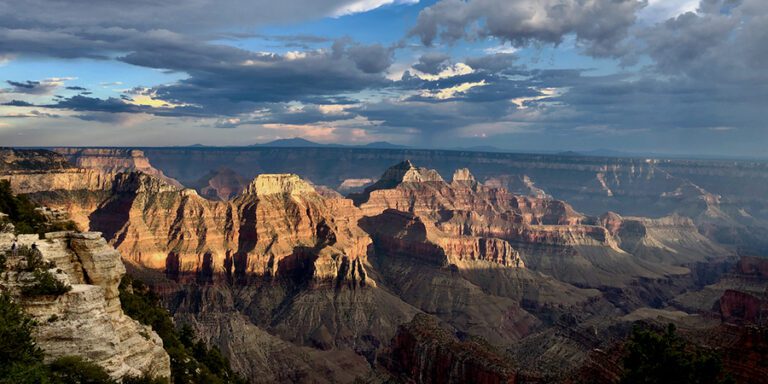
The Grand Canyon Trust is devastated by the losses on the north rim of Grand Canyon National Park from the Dragon Bravo Fire.

The Grand Canyon Regional Intertribal Intergenerational Stewardship Expedition (RIISE) is accepting applications from young people ages 16-20 who identify as members of one of the associated Native American tribes of the Grand Canyon.
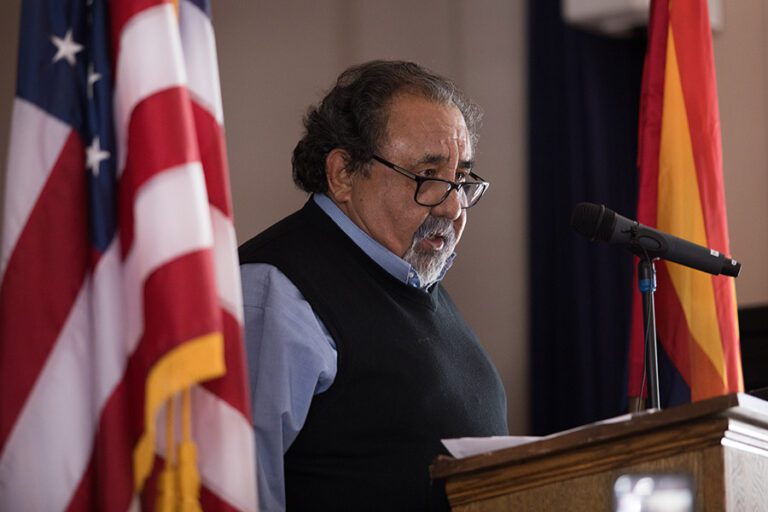
Congressman Raúl Grijalva was a true friend of the Grand Canyon and his conservation legacy lives on at the canyon today.
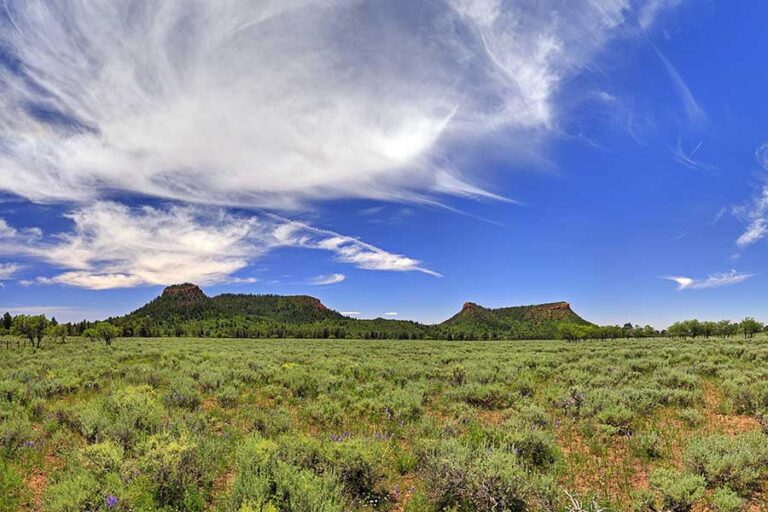
The Grand Canyon Trust opposes the U.S. Department of the Interior’s review of national monuments.
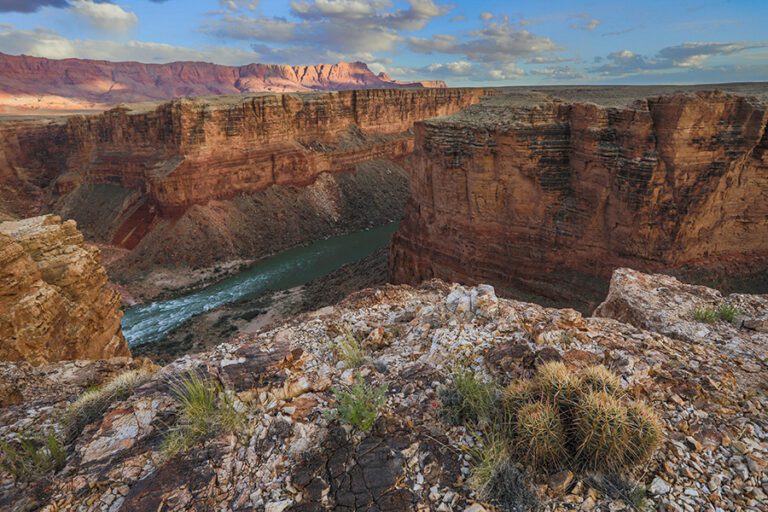
Arizona voters strongly support Baaj Nwaavjo I’tah Kukveni national monument near the Grand Canyon.
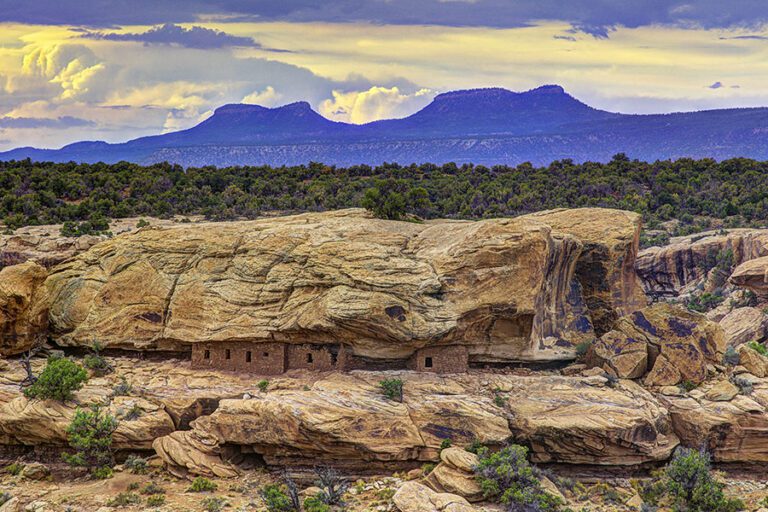
Voters in Utah overwhelmingly support Bears Ears and Grand Staircase-Escalante national monuments.
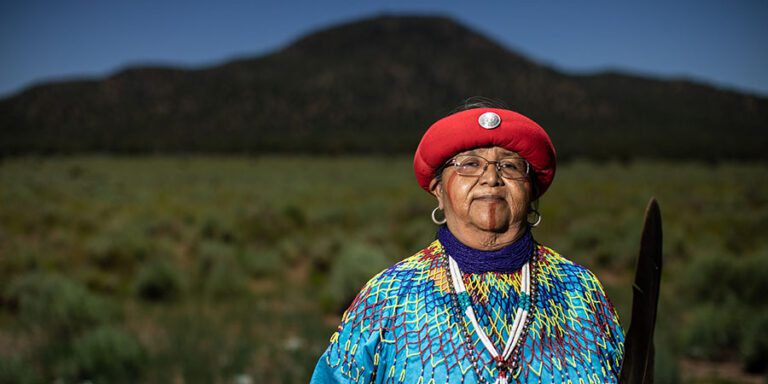
What cultural resources, water sources, plants, and animals are protected in the new Grand Canyon national monument? Find out in this new story map.

More than 275,000 pounds of unwanted radioactive materials from the Japan Atomic Energy Agency have arrived at the uranium mill in White Mesa, Utah.

Conservation groups are defending the new Grand Canyon national monument against lawsuits that aim to both undo it and dismantle the Antiquities Act.
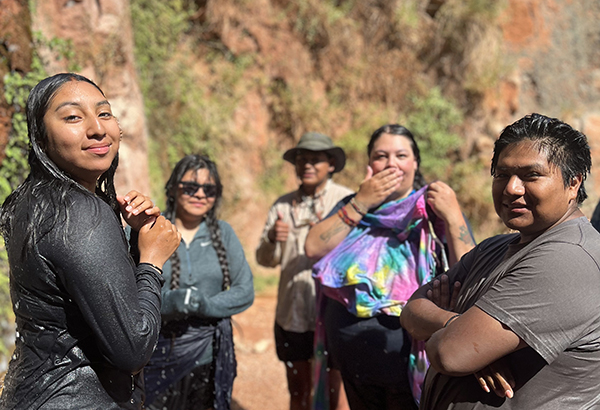
A Colorado River rafting trip through the Grand Canyon connects Indigenous young people with their ancestral homelands.
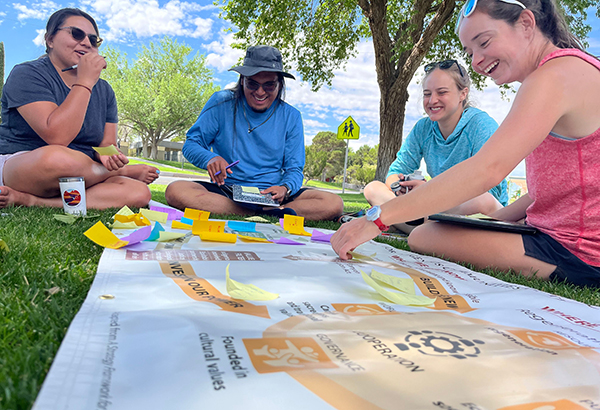
An outdoor environmental justice advocacy training program offers young scholars a deeper understanding of the history and cultures of places like Tuba City, Kykotsmovi Village, and the Grand Canyon.

Grand Canyon National Park is the second most-visited national park. Local Native communities want more opportunities to participate in the booming Grand Canyon economy.
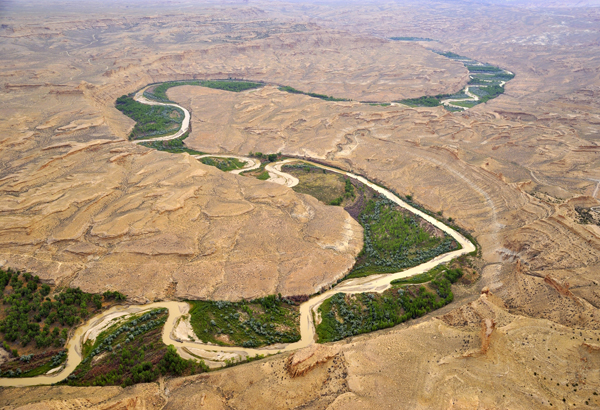
Estonian oil shale company Enefit American Oil is abandoning its lease to mine oil shale on federal public land in Utah’s Uinta Basin.
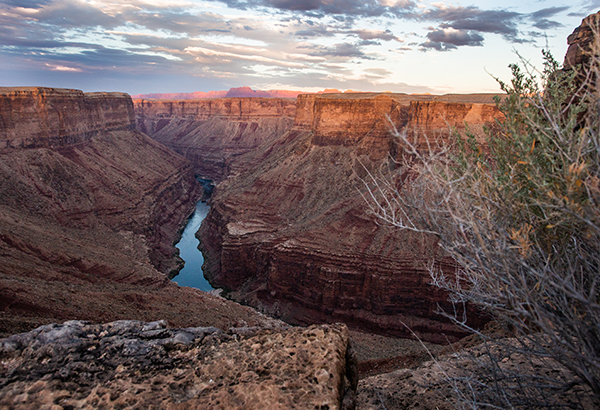
President Biden designates new national monument in Arizona, north and south of Grand Canyon National Park.

Secretary of the Interior Deb Haaland met with tribal leaders to discuss Baaj Nwaavjo I’tah Kukveni Grand Canyon National Monument.
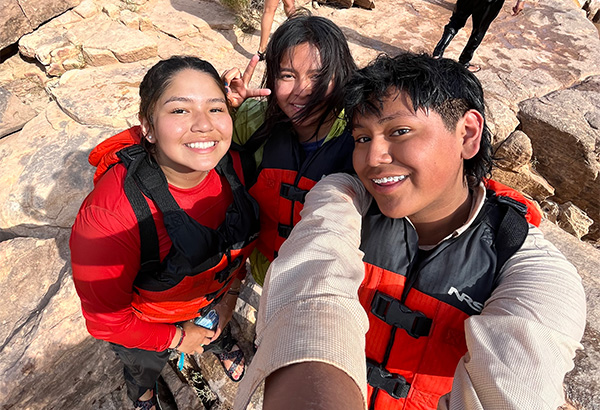
A river trip connects Indigenous youth with cultural knowledge-holders of tribes to discuss the past, present and future of the Grand Canyon.
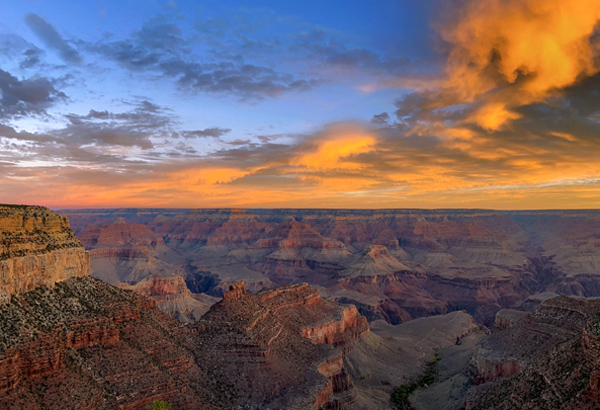
The Grand Canyon Trust strongly supports the Grand Canyon Tribal Coalition’s Grand Canyon National Monument proposal.
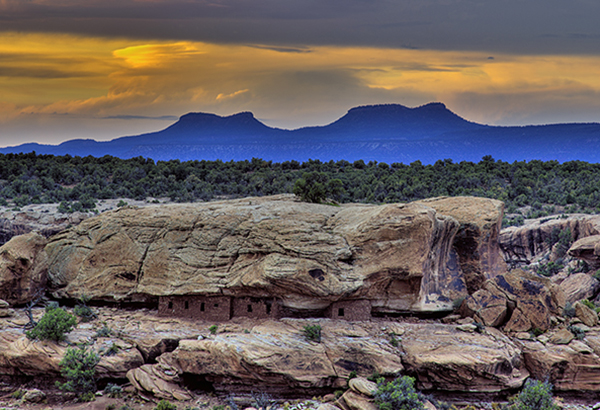
A Utah federal judge has granted a motion to intervene filed by conservation groups in defense of Utah national monuments.
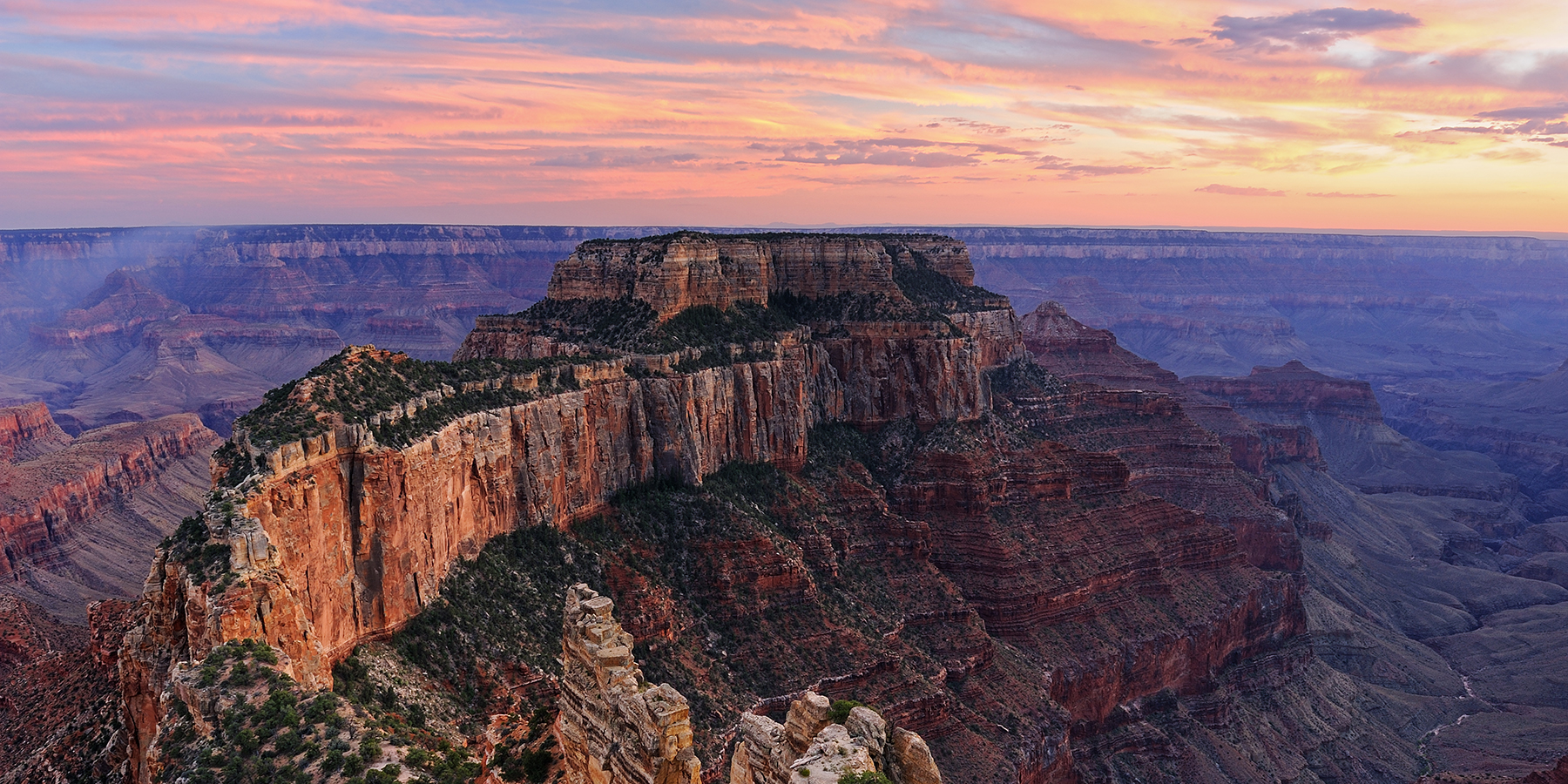
Grand Canyon Conservation Support the Trust and protect the Grand Canyon
Your donation funds on-the-ground conservation efforts and advocacy work.
